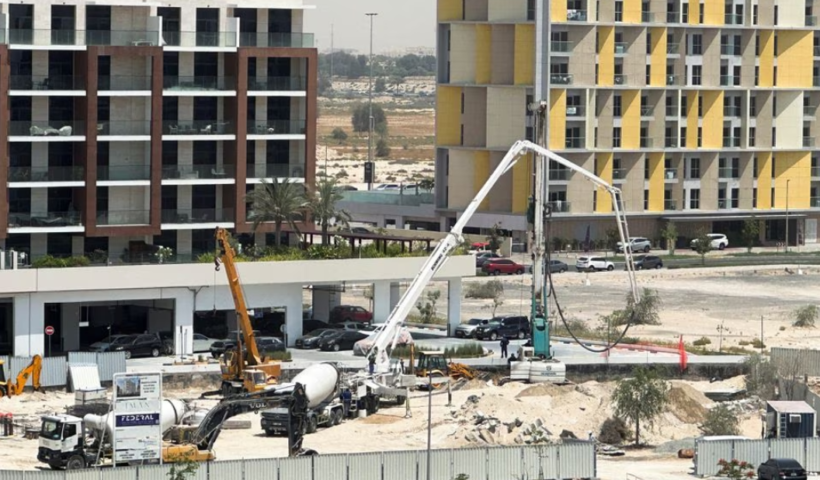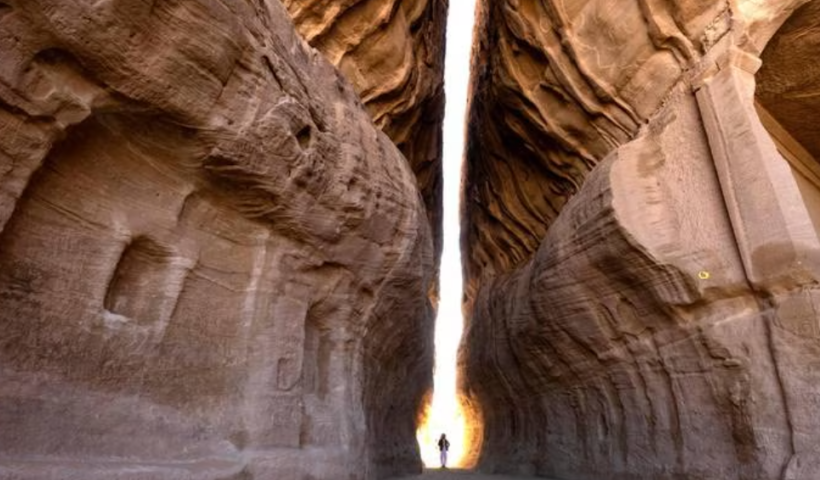During the first three months of 2023, the monarchy welcomed roughly 7.8 million visitors.
As the country tries to draw more tourists from abroad and diversify its economy away from oil, tourism revenue in Saudi Arabia increased by more than three times in the first quarter of 2023 to 37 billion Saudi riyals ($9.86 billion).
As more people visited, incoming tourism revenue surged by 225% as compared to the first quarter of 2022, according to the Saudi Press Agency (SPA), a state-run news agency.
The kingdom welcomed 7.8 million tourists in the first three months of 2023, its best quarterly performance and a rise of 64% from the same period in 2019, before to the pandemic.
According to the SPA, the increase in revenue caused the kingdom to report a balance of payments surplus for the tourist industry in the first quarter, totaling 22.8 billion riyals, as opposed to a loss of 1.6 billion riyals in the same period previous year.
The National tourist Development Strategy’s goals are aligned with the Ministry of Tourism’s “efforts to strengthen the tourism sector and its role in the growth of the national economy,” according to the agency.
The kingdom’s tourism policy has established objectives such as bringing in 100 million new visitors, having the tourist sector contribute 10% of the gross domestic product, and creating 1 million new jobs by 2030.
According to data released in May by the World Tourism Organization, Saudi Arabia became the second-fastest growing tourist destination for the first quarter of 2023.
According to the World Travel & Tourism Council (WTTC), the country’s travel and tourism industry will expand by an average of 11% annually over the following ten years, making it the Middle East’s fastest-growing market.
According to a report from July 2022, by 2032, the sector might account for over 635 billion riyals of Saudi Arabia’s GDP, or 17.1% of the country’s whole economy.
Over 93.5 million tourists — 77 million local and 16.5 million foreign — traveled to Saudi Arabia in 2022.
Ahmed Al Khateeb, Saudi Arabia’s Minister of Tourism, stated during an investment summit in Paris in June of this year that the country hopes to bring in 30 million tourists this year.
“The pandemic is over… We anticipate significant growth this year,” he stated at the time. He stated that it is “very doable” to reach the goal of 100 million visits by the end of the decade.
Additionally, he urged investors to seize “amazing opportunities in a market that remains untapped with a high rate of expansion over the next decade or two.”
The Saudi Tourism Investment Company, or Asfar, was founded in July by Saudi Arabia’s Public Investment Fund to aid in the sector’s expansion.
According to the PIF, the company would make investments in new tourism projects and create tourist destinations including lodging, attractions for tourists, retail, and food and beverage options in towns all around Saudi Arabia, the region’s largest economy.
Asfar will seek to provide a supportive environment for regional suppliers, contractors, and small and medium-sized firms to construct tourism projects in addition to providing co-investment opportunities to the private sector.
In order to ensure that the necessary infrastructure is in place to accommodate the anticipated amount of foreign visitors over the next ten years, the kingdom is additionally making investments in the aviation industry.
By 2030, the new national airline Riyadh Air hopes to have connections to more than 100 locations worldwide. It will start flying in 2025.
The national airline of Saudi Arabia, Saudia, and its low-cost affiliate, flyadeal, are both situated in Jeddah.
In November of last year, Saudi Arabia’s Crown Prince Mohammed bin Salman announced the opening of a new airport in the nation’s capital, Riyadh, with six parallel runways and the capacity to handle 120 million passengers annually by 2030.



